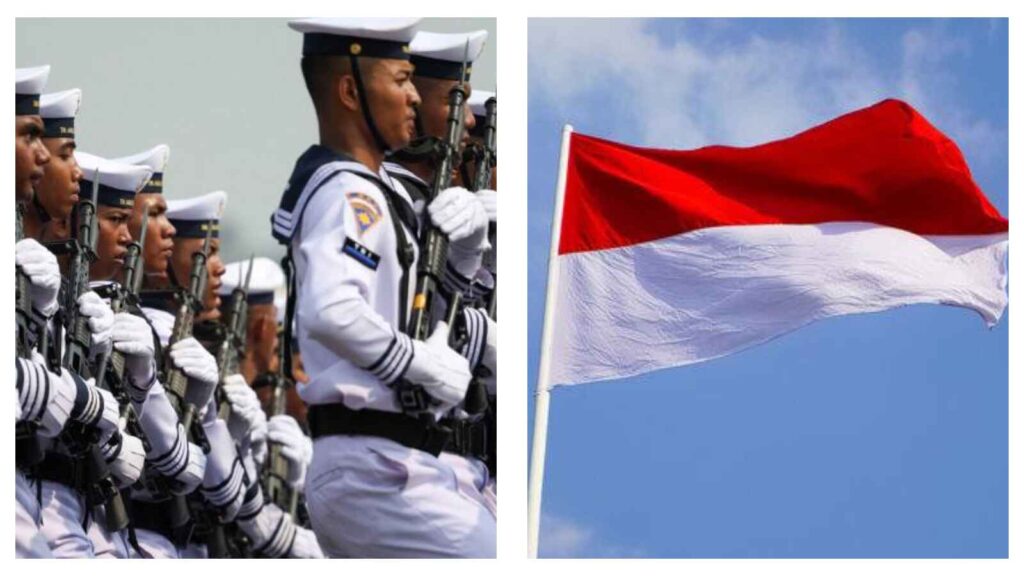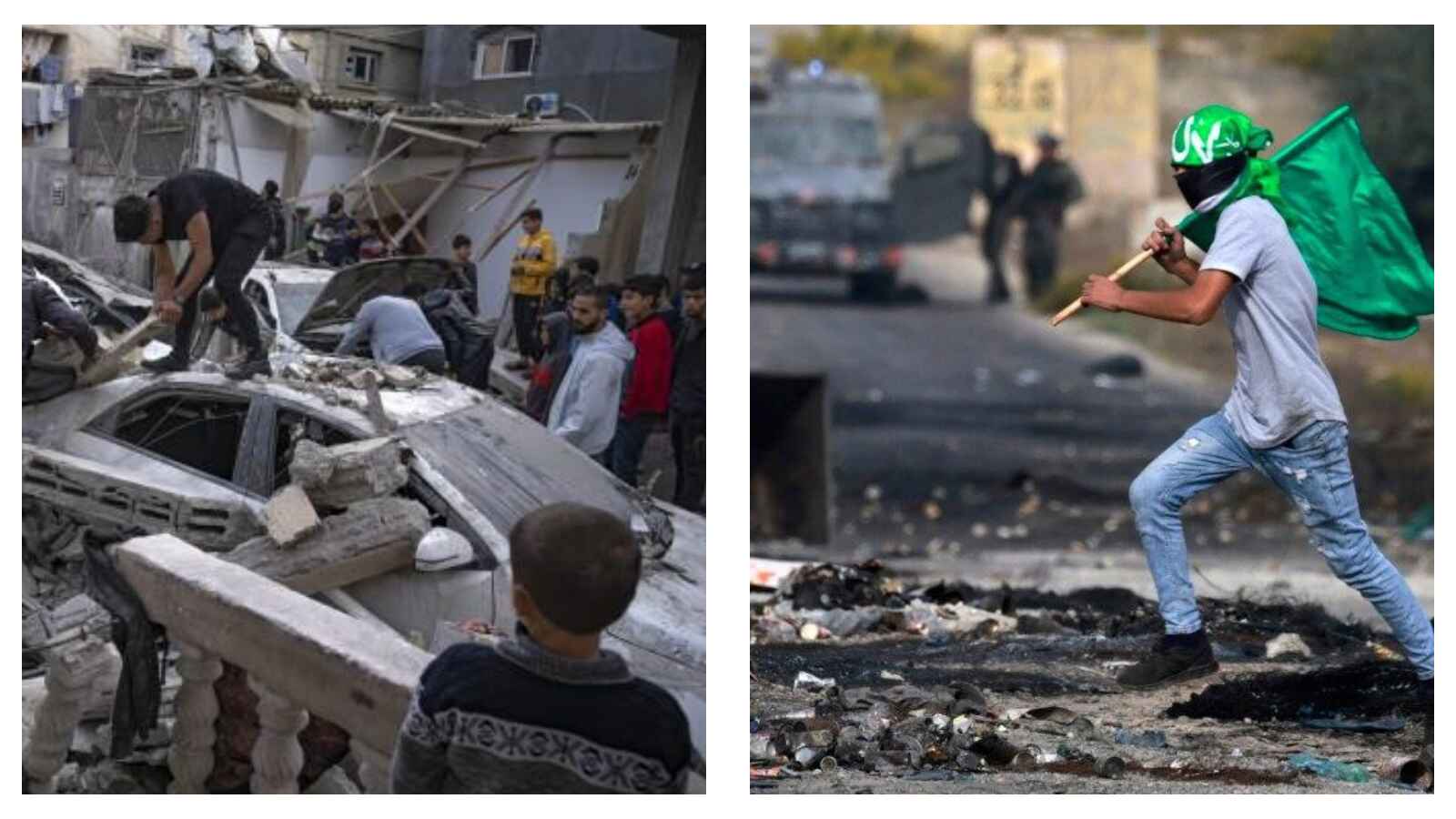By Jace Banite
Strike after strike, one dead body after another. The respite in Gaza Strip has come to an end at the cost of more than 400 Palestinian lives.
On March 18, 2025, Israeli forces launched a barrage of deadly airstrikes across the Palestinian territory on the eastern coast of the Mediterranean Sea, breaking a fragile ceasefire in place since January and reigniting a year-old war with the Hamas militant group.
Israel reportedly targeted residential areas in its overnight attack, killing at least 404 civilians, including women and children, and wounding 560 others, according to Gaza’s Ministry of Health.
Tuesday’s bombardment is considered one of the deadliest chapters of the war that has killed nearly 50,000 Palestinians and displaced an estimated 90% of Gaza’s population to date.
Israel blames Hamas
While it was Israel who fired the truce-breaker shots, the blame is being put on Hamas.
According to a press statement from the office of Prime Minister Benjamin Netanyahu, the March 18 attack on Gaza was carried out as the militant group refuses to extend the three-phase ceasefire agreement enforced on January 19 under the Joe Biden administration of the United States.
The proposed extension would prolong the discussion on the second phase of the truce, which would ultimately see the release of all remaining hostages from either side.
This would lead to the establishment of a permanent ceasefire and commitment to rebuild Gaza, which is part of the third and final phase.
The first phase of the truce successfully concluded on March 1, with Hamas returning to Israel 25 living hostages and the bodies of eight, in exchange for around 1,800 Palestinian prisoners, according to a report by NBC News.
YOU MAY ALSO LIKE: Indonesia’s new law to see expansion of military in government roles

Negotiations continue
In a statement in late February, Hamas reaffirmed its commitment to the ceasefire agreement, insisting on its readiness “to enter into negotiations for the second phase of the agreement.”
However, Israeli Energy Minister Eli Cohen said in response that while it is Israel’s priority to bring home all hostages from Gaza, “there will be no agreement on the second stage of the ceasefire if Hamas is left intact,” in the said territory.
Last week, the fragile truce further swayed after Steve Witkoff, envoy to the Middle East of current US President Donald Trump, introduced new ceasefire terms that seek a 50-day extension in the discussion on the second phase, along with the release of more hostages from Gaza “before the beginning end-of-war talks,” NBC News informs.
Israel accepted the motion, while Hamas immediately rejected it, insisting that the initial ceasefire agreement should be followed. Israel then warned of going back to war to pressure Hamas to agree with the aforementioned terms. Then, the deadly March 18 attack happened.
Israel is also claiming that Hamas is attempting to rearm, without providing any evidence, with its military declaring Tuesday’s airstrikes a “pre-emptive” move.
Hamas’ response
As of writing, Hamas has yet to respond militarily to Israel’s unprecedented bombardment. But in a press statement, the group “accused Netanyahu of upending the ceasefire agreement and exposing Israeli hostages ‘to an unknown fate’.”
“Netanyahu and his extremist government are making a decision to overturn the ceasefire agreement, exposing prisoners in Gaza to an unknown fate,” the group was quoted as saying by Al Jazeera.
It then called on the Arab community and Islamic nations, as well as on the “free people of the world,” to take to the streets to protest the assault.
But in an interview with Agence France-Presse on March 19, Taher al-Nunu, Media Advisor to Hamas’ Political Bureau Chief, insisted that the militant group remains open to negotiations with Israel.
“Hamas has not closed the door on negotiations but we insist there is no need for new agreements,” Taher al-Nunu told AFP on the phone from Cairo. He then called for Israel to be forced to implement the ceasefire.
The beginning of the conflict
The persisting conflict in the Middle East stems from a Hamas-led attack on southern Israel on October 7, 2023, when the Palestinian Islamist organisation launched a series of explosive ordinance from Gaza Strip.
The attack killed around 1,200 people, including foreign nationals. It also took over 200 civilians hostage.
Hamas attributed the unprecedented offensive to the decades-long oppression towards the Palestinian people in Gaza, also known as worlds’ largest open-air prison.
In retaliation, Israel carried out an intensive bombing campaign and invaded Gaza on October 27 with the stated objectives of destroying Hamas and freeing the hostages. It also held around 5,200 Palestinians, including 170 children under the age of 18, in its prisons.
As of March 4, 2025, around 48,405 Palestinians were reportedly killed in the conflict, with just over half of identified victims being women, children or older people.
READ NEXT: Malaysia’s Prime Ministerial Term Limit: A Necessary Reform?
